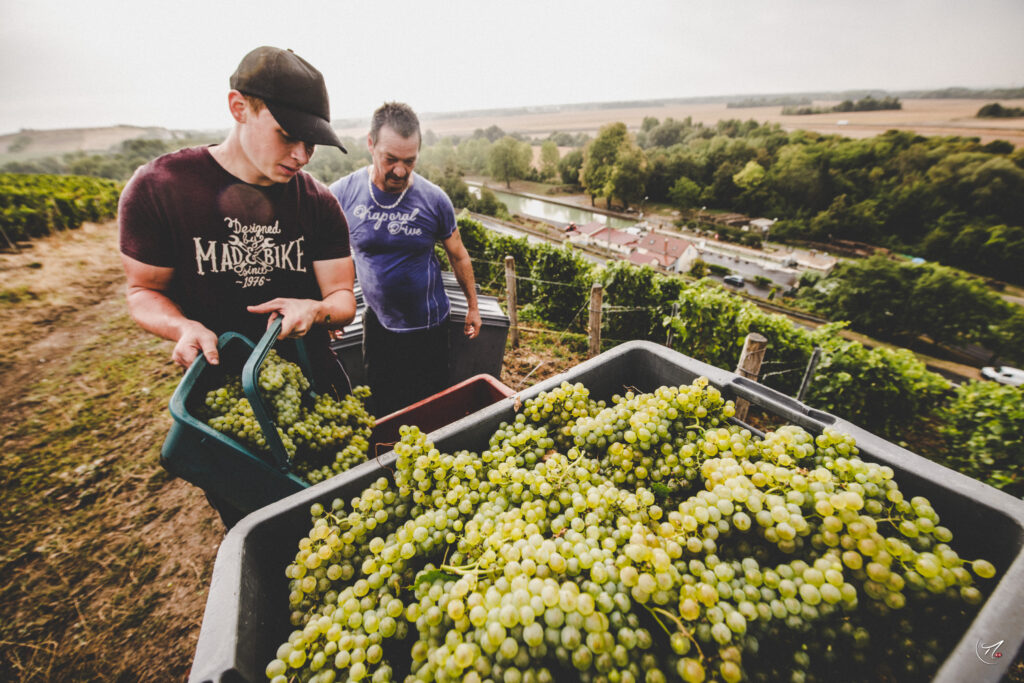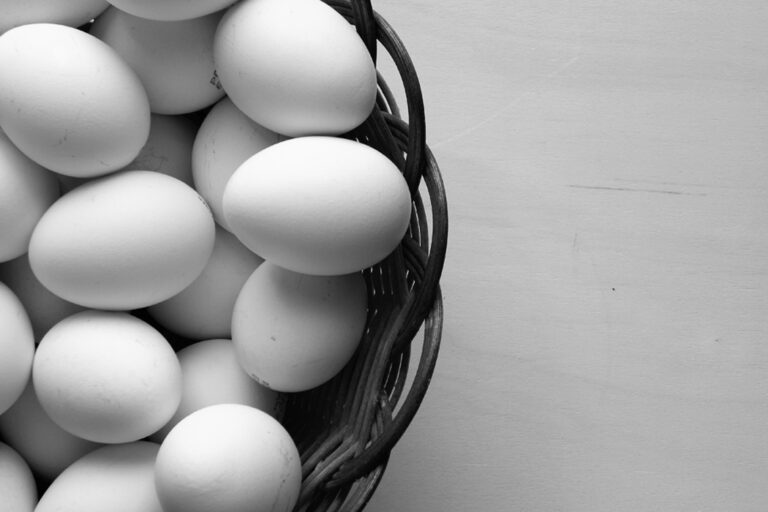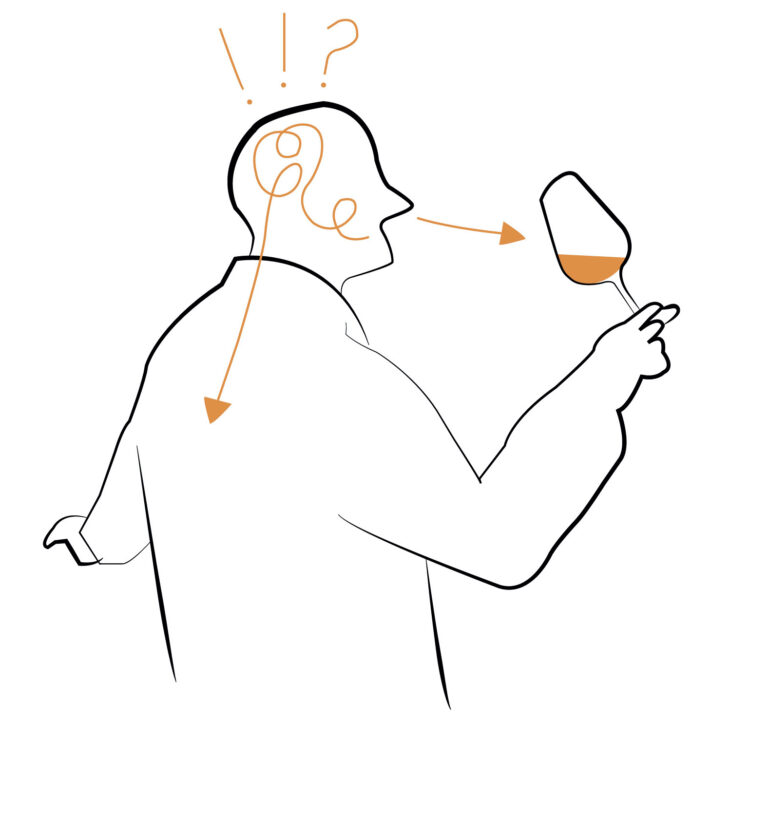As usual at this time, the Champagne winegrowers and houses met in Epernay, within the Comité Champagne, to agree on the conditions for the next harvest. [read the full champagne story]
Estimated reading time: 3 minutes

Yield
The available yield for 2024 has been set at 10,000 kg/ha, a lower level than for the previous harvest (11,400 kg/ha) to take into account the situation on the export markets. Champagne has always endeavored to regulate its economy in order to preserve the industry’s economic equilibrium and ensure its prosperity.
An uncertain economic environment
Champagne shipments in the first half of 2024 totaled 106.7 million bottles, down 15.2% compared to thesame period in 2023, which was a record half-year (except 2022). Shipments are back to a level close to that of 2019.
“The sluggish global geopolitical and economic situation and widespread inflation are weighing on household consumption. Champagne continues to suffer the consequences of overstocking by distributors in 2021 and 2022. Champagne winegrowers and houses remain confident in the values of their appellation,”
explained David Chatillon, President of the Champagne Houses.
An exceptionally rainy wine-growing season
Since the beginning of the year, the vineyards have been particularly wet. As a result of the lack of sunshine and a cool start to the vegetative period, the entire vineyard suffered from strong but controlled mildew pressure. Spring frosts and hail had a moderate impact on harvest potential (around 10%). Vine development is 5 to 6 days behind the ten-year average. On average, harvesting is scheduled to start around September.
“After a particularly hot and dry year in 2023, 2024 was exceptionally rainy, which complicated work on the vines. Mildew pressure is high, but remains under control overall, at the cost of a great deal of hard work. The weather conditions between now and harvest will be decisive in ensuring a good harvest,”
declared Maxime Toubart, president of the winegrowers.
Securing seasonal employment
Since the announcement of the “Ensemble pour les vendanges en Champagne” plan on June 20, the deployment of actions is progressing positively. Professionals are actively seizing the tools made available to them.
Maxime Toubart, president of the winegrowers, emphasized that “the numerous harvest preparation meetings organized throughout the vineyards are an opportunity to raise awareness of this issue among winegrowers and to respond to their concerns. The vast majority of them already had good practices in place, and the additional tools put in place by the industry are well received “.
For his part, David Chatillon, President of the Houses, emphasized that “the structuring of service providers with the creation of a union and a reference framework for good practices was another encouraging sign”. He added: “Everyone is playing their part. The Comité Champagne is responsible for preparing the tools; the Champenois and service providers are responsible for implementing them; and the State is responsible for monitoring compliance with the regulations and imposing penalties where necessary”.
“As the State’s representative on the Comité Champagne,” says Josiane Chevalier, Prefect of the Grand Est region, “I would like to pay tribute to the work that has gone into preparing and implementing the ’Ensemble pour la vendange en Champagne’ action plan. I have asked the government services to support the industry; I have also undertaken to strengthen the resources of the inspection services to ensure that the regulations are properly applied and to punish offenders. I would like to reiterate the full mobilization of the government services during the 2024 harvest. Maximum vigilance, zero tolerance – that’s the watchword I’ve set myself, in consultation with the presidents of the Comité Champagne.”





